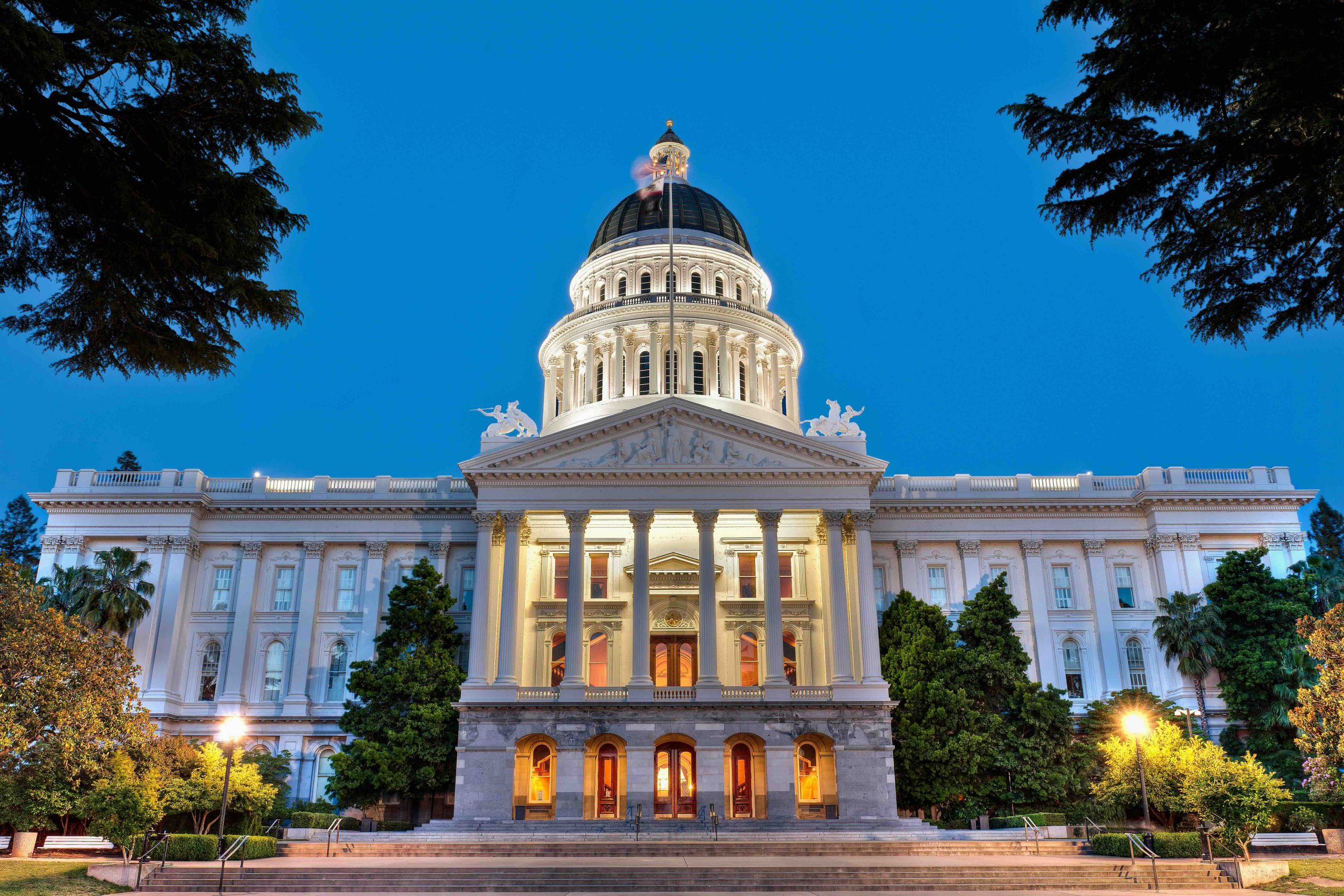

Looking at an SCUSD trustee area map begs the question: how did it get this way? The district has two compact areas – Areas 1 and 3 – and one huge gerrymandered sprawl that runs from Pruneridge Avenue across 101 to Santa Clara’s Northside – Area 2. The map is a pictorial history of how Santa Clara Unified was created.
Originally there were four districts: Santa Clara elementary (covering the historic core of the city), Alviso elementary (covering the town of Alviso), the “old Jefferson” elementary district (all the rest of what’s now SCUSD, reaching from the San Jose border to Wolfe Road), and Santa Clara Union high school, which served Santa Clara, Alviso, and most of Jefferson.
Although no one living remembers how the Jefferson district was formed, a best guess from Honorary City Historian Lori Garcia is that it was formed from schoolhouses on unincorporated land.
Regardless, Jefferson covered Santa Clara’s fastest growing areas after WWII, and was by far much larger than its neighbors. After WWII, there was a continuing push to reduce the number of school districts in California – in 1935 there were about 3,500 and their legacy lives on in tiny one- and two-school districts across the state. In 1964, the state offered new financial incentives for district unification, plus disincentives for districts choosing not to reorganize.
So in 1964, the Jefferson, Santa Clara, and Alviso districts began talking about unifying. The thorniest question was representation for each of the districts. A proposal went to the voters in Feb. 1965 with a 3-3-1 split. At the time Jefferson had 11,511 students, Santa Clara had 3,366, and Alviso had 757. But voters in all three districts rejected that proposal.
“I was against unification,” says Jefferson District’s former Board President Ray Edinger. “We had a successful ongoing operation. I didn’t think the proposal to unify was fair to our district.” At the other end of the spectrum, Alviso was afraid of being swallowed up by a district more than 10x its size.
However, state financial incentives nudged the districts back to the bargaining table. Edinger made it clear that the Jefferson Board wasn’t going to support the 3-3-1 trustee arrangement, and presented an alternative 4-2-1 plan, still in place today. But that proposal was voted down on Sept. 21, 1965 by just 54 votes.
Or so it seemed.
After a recount on Sept. 28 – triggered, according to a report in the Santa Clara Journal, by the County Registrar of Elections finding “possible inconsistencies” in Milliken precinct voting and “the voluntary admission of one of the workers that a mistake could have been made” – unification passed by 41 votes.
The area served by the Santa Clara high school district set the boundaries, and the first board elected included Maryanne Brooks, Victor Camacho, Ruth Frey, Eiichi Sakayue, Irving Wilcox, William Wilson Sr., and Evan Zankar.
Mary Hanel of the Santa Clara City Library contributed to this article.


